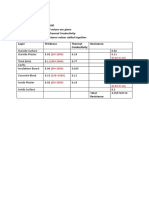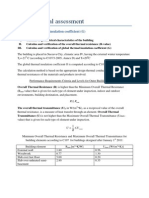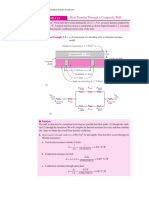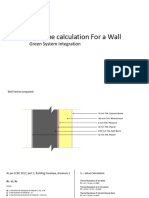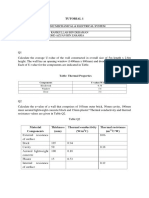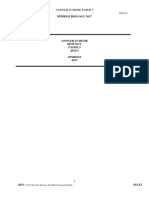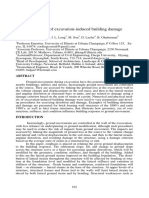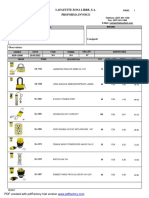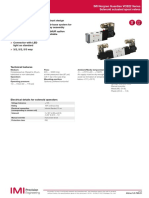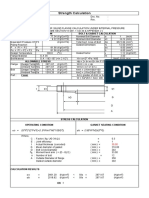0% found this document useful (0 votes)
127 views4 pagesTutorial Solution Part 1
The document contains solutions to 5 questions regarding heat transfer and thermal conductivity/resistance calculations. Question 1 calculates the thermal conductivity of a material. Question 2 defines thermal resistance. Questions 3 and 4 calculate the thermal resistance and U-value of multilayer walls. Question 5 calculates the additional thickness of fiberglass insulation needed to achieve a given reduction in roof U-value.
Uploaded by
little princessCopyright
© © All Rights Reserved
We take content rights seriously. If you suspect this is your content, claim it here.
Available Formats
Download as PDF, TXT or read online on Scribd
0% found this document useful (0 votes)
127 views4 pagesTutorial Solution Part 1
The document contains solutions to 5 questions regarding heat transfer and thermal conductivity/resistance calculations. Question 1 calculates the thermal conductivity of a material. Question 2 defines thermal resistance. Questions 3 and 4 calculate the thermal resistance and U-value of multilayer walls. Question 5 calculates the additional thickness of fiberglass insulation needed to achieve a given reduction in roof U-value.
Uploaded by
little princessCopyright
© © All Rights Reserved
We take content rights seriously. If you suspect this is your content, claim it here.
Available Formats
Download as PDF, TXT or read online on Scribd
/ 4













